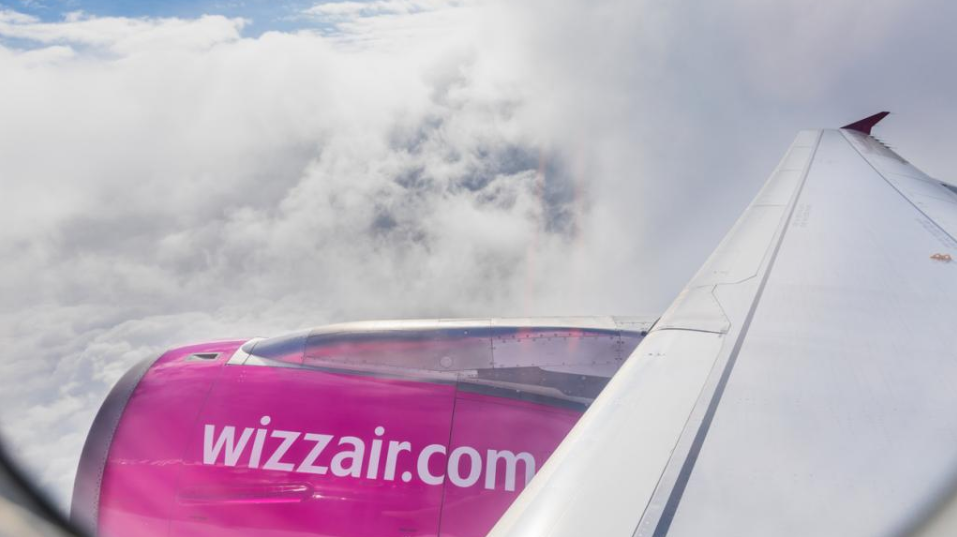COVID-19: Schengen-US travel ban another blow to airlines
On 12-Mar-2020 US President Trump banned entry into the United States by foreign nationals with 14-day prior travel within any of the 26 countries of Europe's Schengen zone (essentially a borderless travel region).
The ban takes effect from midnight (EDT) on 13-Mar-2020. US citizens, legal residents and certain family members will be allowed to enter through 11 approved airports.
The UK and Ireland are the most important trans Atlantic aviation markets not included in the ban. IAG's British Airways and Aer Lingus may possibly benefit from any additional traffic through their hubs in London and Dublin.
The North Atlantic is a very important source of profit for Europe's leading legacy airline groups and their US joint venture partners. Lufthansa Group, Air France-KLM and Norwegian are among those that will continue to operate at least part of their US networks.
US citizens are not included in the ban, so there will be some ongoing demand, but it is unclear whether or not continuing capacity can be filled without citizens from the European side. The possibility of significant numbers of cancellations and service suspensions will surely increase if the ban endures.
TO READ ON, VISIT: COVID-19: Schengen-US travel ban another blow to airlines

COVID-19: Aviation impact threatens Japan's 2020 tourism ambitions
The Covid-19 coronavirus outbreak has decimated many Asian airline markets, but for Japan the timing of the demand plunge is particularly unfortunate. This is supposed to be a big year for the Japanese aviation and tourism sectors, as they have planned for a significant surge in visitor traffic.
The government has made tourist growth an economic priority, and has backed this up with an expansion of Tokyo airport capacity this year to coincide with the summer Olympics coming to the city.
However, the ambitious plans of the government and airlines for 2020 are now under threat from the coronavirus crisis.
Plummeting demand and travel restrictions have caused Japanese airlines to cut back capacity in some key Asian markets through March 2020, and cuts are beginning to affect the domestic market too. Meanwhile, overseas airlines are scaling back their own services into Japan.
TO READ ON, VISIT: COVID-19: Aviation impact threatens Japan's 2020 tourism ambitions

COVID-19: US airlines take steps to preserve liquidity
As the US moves from attempting to contain the COVID-19 coronavirus to the mitigation stage, the country's airlines are following suit, attempting to fortify their respective war chests by cutting capacity, suspending share buy-backs, cutting capex and, in some cases, bolstering their liquidity.
COVID-19 has now become the black swan event that is testing the long-held belief that the US airline industry is much stronger than it was in previous crises, including the Sep-2001 terror attacks, SARs and the 2008 financial crisis.
Now is the time to lean on solid cash balances and be grateful for manageable leverage, and to that end, some US airlines are better positioned than others.
TO READ ON, VISIT: COVID-19: US airlines take steps to preserve liquidity

COVID-19: China offers to pay airlines to return to the air
In a bid to restore much needed connectivity with the rest of the world, China's CAAC has announced a series of support measures to encourage airlines to recommence air services.
These include direct payments per ASK for airlines prepared to operate directly to foreign markets.
The impact of the coronavirus COVID-19 has had a drastic impact on air services, not only in and from China, but also among its near neighbours and across Asia.
The financial damage to airlines (and the aviation supply chain) is already approaching annualised double digit negatives, endangering some and setting back growth generally.
TO READ ON, VISIT: COVID-19: China offers to pay airlines to return to the air
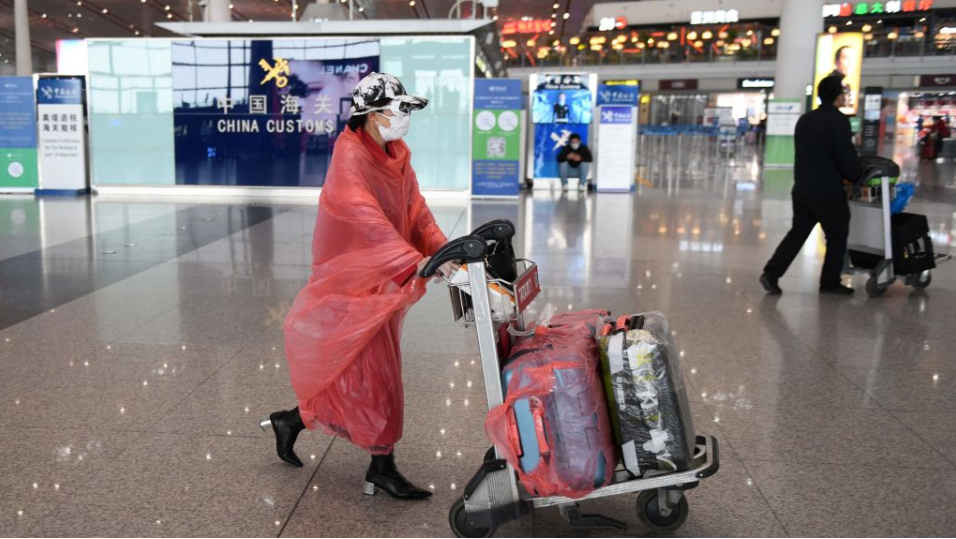
Aviation value chain: airline returns muted by ownership/control rules
According to analysis by McKinsey & Co for IATA, airlines nearly doubled their average return on capital (ROIC) in the period 2010-2018 compared with 1999-2009. However, airlines continued to generate the lowest ROIC in the aviation value chain in both periods.
Moreover, with the brief exception of 2015, global airline ROIC fell short of the weighted average cost of capital, which is the minimum return expected by investors. Only North American and European airline returns are ahead of this threshold.
The highest returns in the aviation value chain are generated by the global distribution systems and the manufacturers. Catering, forwarding, ground handling, MRO, ANSPs and airports also make higher returns than airlines.
Airline industry fragmentation is an important factor in its underperformance. By implication, the analysis adds fuel to the argument for removing ownership and control restrictions on airlines.
Could COVID-19 provide the jolt that is needed to prompt reconsideration of the archaic ownership rules?
TO READ ON, VISIT: Aviation value chain: airline returns muted by ownership/control rules

Avianca Holdings: beginning its quest to build up the Bogota hub
In addition to its quest to attain financial fitness, the South American airline group Avianca is engaging in refining its network, exiting unprofitable routes and opting to bolster its connectivity at its largest hub in Bogotá.
Avianca has spent the past year working to improve its balance sheet, including restructuring debt and cutting its aircraft order book to create more manageable capital expenditures during the next couple of years.
As it works to create a stable financial foundation, Avianca is also retooling its network, having eliminated 20 unprofitable routes over the past year, including a pull-down of its domestic presence in Peru.
The company believes it can push its levels of connecting passengers in Bogotá to approximately 50% over the long term, and is already laying the groundwork to leverage its position at the airport to create more connections. But in the short term, Avianca believes there is some overcapacity in Colombia, and questions whether the market can absorb that growth.
TO READ ON, VISIT: Avianca Holdings: beginning its quest to build up the Bogota hub
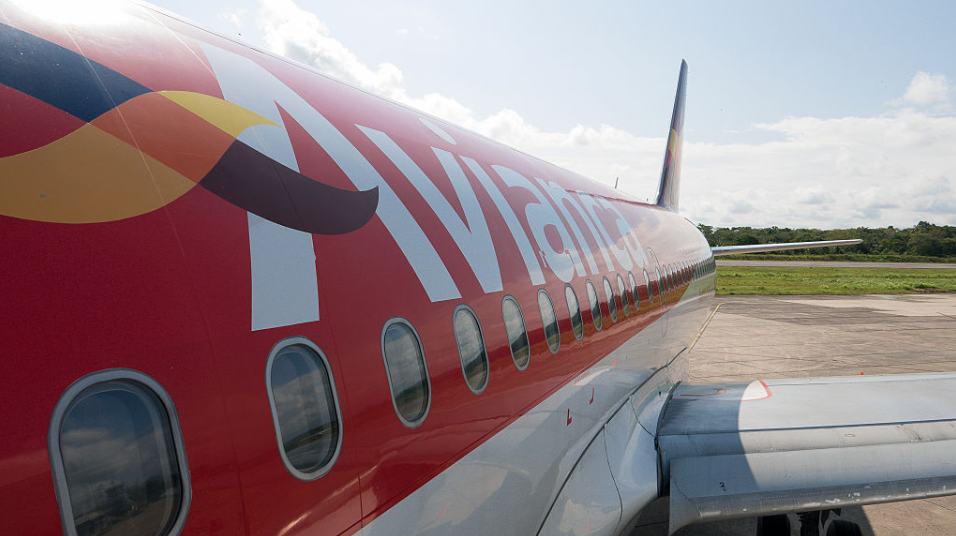
Volaris: diverting passengers from buses to air travel reaps rewards
No other Latin American ultra low cost airline has zeroed in more robustly on a bus passenger switching strategy than Mexico's Volaris.
The airline is now the country's largest domestic airline measured by passengers carried and it remains bullish on the future prospects of enticing bus customers to air travel. Indeed, Mexico's domestic trips per capita figure of 0.36 in 2018 remains well below the levels of more mature aviation markets.
Volaris has one of the best cost performances of any airline worldwide, and the company sustained that momentum in the metric during 2019. The airline does not benchmark itself against other airlines in evaluating its cost performance but instead, uses bus companies as a barometer.
Overall, Volaris has a positive outlook for the beginning of 2020 as the MXP is gaining some traction against the USD and Mexico's economy remains stable. The airline's current capacity growth projections for the year are lower in 2019, but are still increasing in the double digits.
The company is bracing for some delays in Airbus deliveries in 2021, and has factored the possibility of a shift in deliveries into its 2020 guidance.
TO READ ON, VISIT: Volaris: diverting passengers from buses to air travel reaps rewards
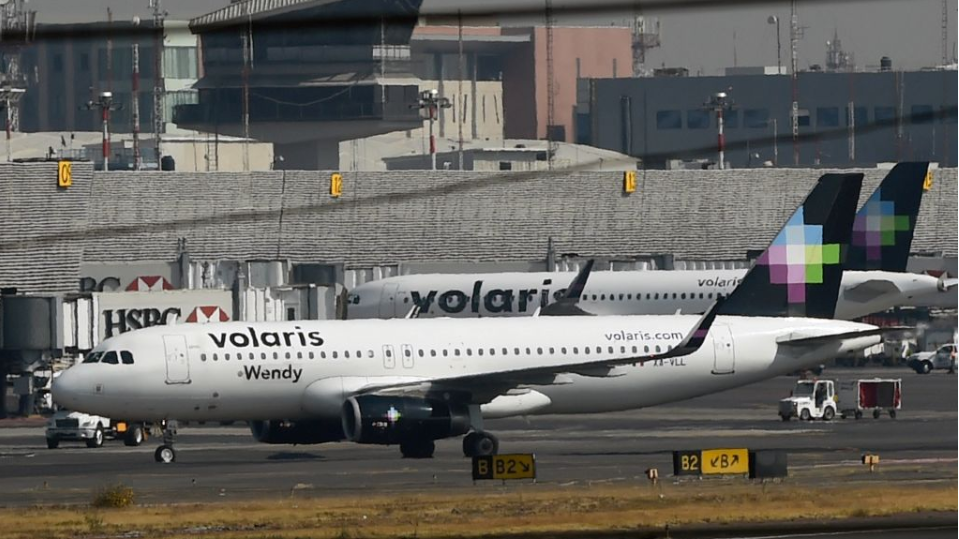
Flybe. Part 1: The market addresses gap left by UK regional airline
In the immediate aftermath of Flybe's bankruptcy, LCCs Ryanair and easyJet and the regional airline Blue Islands have offered 'rescue fares' for certain Flybe routes over a limited period. These offers are confined to routes already operated by those airlines and are essentially short term promotional efforts.
Nevertheless, there have also already been moves by airlines to add routes previously operated by Flybe to their networks. Regional operators Loganair, Eastern Airways, Blue Islands and Aurigny Air Services have agreed to operate 27 former Flybe routes between them (of which 26 were Flybe monopolies).
Flybe was the biggest airline in the domestic UK regional market, often the only airline on its routes.
However, although it had little airline competition, there was considerable surface transport competition. Where there is a genuine commercial opportunity (and given time), it seems likely that more Flybe routes will be assumed by other more efficient regional airlines. The UK government could help the market in filling the gap, for example through changes to air passenger duty or increasing the number of PSO subsidies.
However, Flybe's demise again leaves Virgin Atlantic without a domestic feeder partner.
TO READ ON, VISIT: Flybe. Part 1: The market addresses gap left by UK regional airline
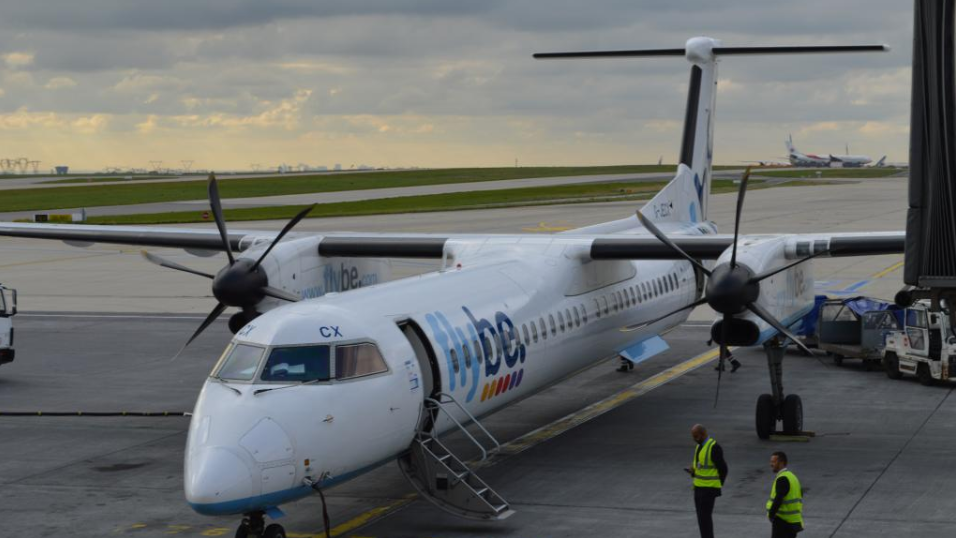
Flybe. Part 2: Demise may cause some airports to close
The world has been waiting for a while for a black swan to come back home to roost. Now it seems as if a whole flock of them have landed at once.
As things stand, the COVID-19 coronavirus outbreak looks set easily to eclipse previous airborne viruses such as SARS, MERS and H1N1 and bring the global air transport industry to a grinding halt.
There are some countries where the medical event has arrived just when airlines are at their weakest. Accordingly, the demise of the UK-based Flybe, Europe's largest regional carrier, could not have come at a worse time, and the prospects for some British regional airports where Flybe was a critically important customer are not encouraging.
TO READ ON, VISIT: Flybe. Part 2: Demise may cause some airports to close

Eastern Airlines: 3rd iteration of the name has strong competition
The latest iteration of Eastern Airlines has been airborne for a few weeks, operating flights between New York JFK and Guayaquil, followed by a new service to Georgetown.
Eastern's business model seems focused on offering low fares to longer haul markets with Boeing 767 widebodies, to markets in South and Central America. The merits of that strategy have been widely debated, and it does appear that - given the strength of Eastern's competitors in its initial markets - the airline has an uphill climb to achieving a level of sustainability.
The scepticism over Eastern's viability will continue until the airline can ultimately prove it has staying power. The timing of the airline's debut was unfortunate, as Eastern launched its services just before the rapid spread of the COVID-19 virus, which is having ripple effects on the worldwide aviation industry.
TO READ ON, VISIT: Eastern Airlines: 3rd iteration of the name has strong competition

Belarus aviation: Wizz Air entry to grow market, threatening Belavia
In Feb-2020 Minsk National Airport and Wizz Air reached agreement on the launch of new services. Full details are yet to be finalised, but Wizz Air is interested in operating between the Belarus capital and Budapest, its own largest airport by seat capacity. Wizz Air is also interested in regional airports in Belarus, where there are no scheduled international services at present.
The Belarus aviation market is outpacing the growth of the wider Eastern/Central European market in 2020 and its national airline, Belavia, is growing faster than the Belarus market. Belavia, a full service/regional airline hybrid, is dominant in a country that has almost no LCC services.
Wizz Air's entry should stimulate the market and generate additional traffic. However, it may also threaten Belavia's dominance.
TO READ ON, VISIT: Belarus aviation: Wizz Air entry to grow market, threatening Belavia
